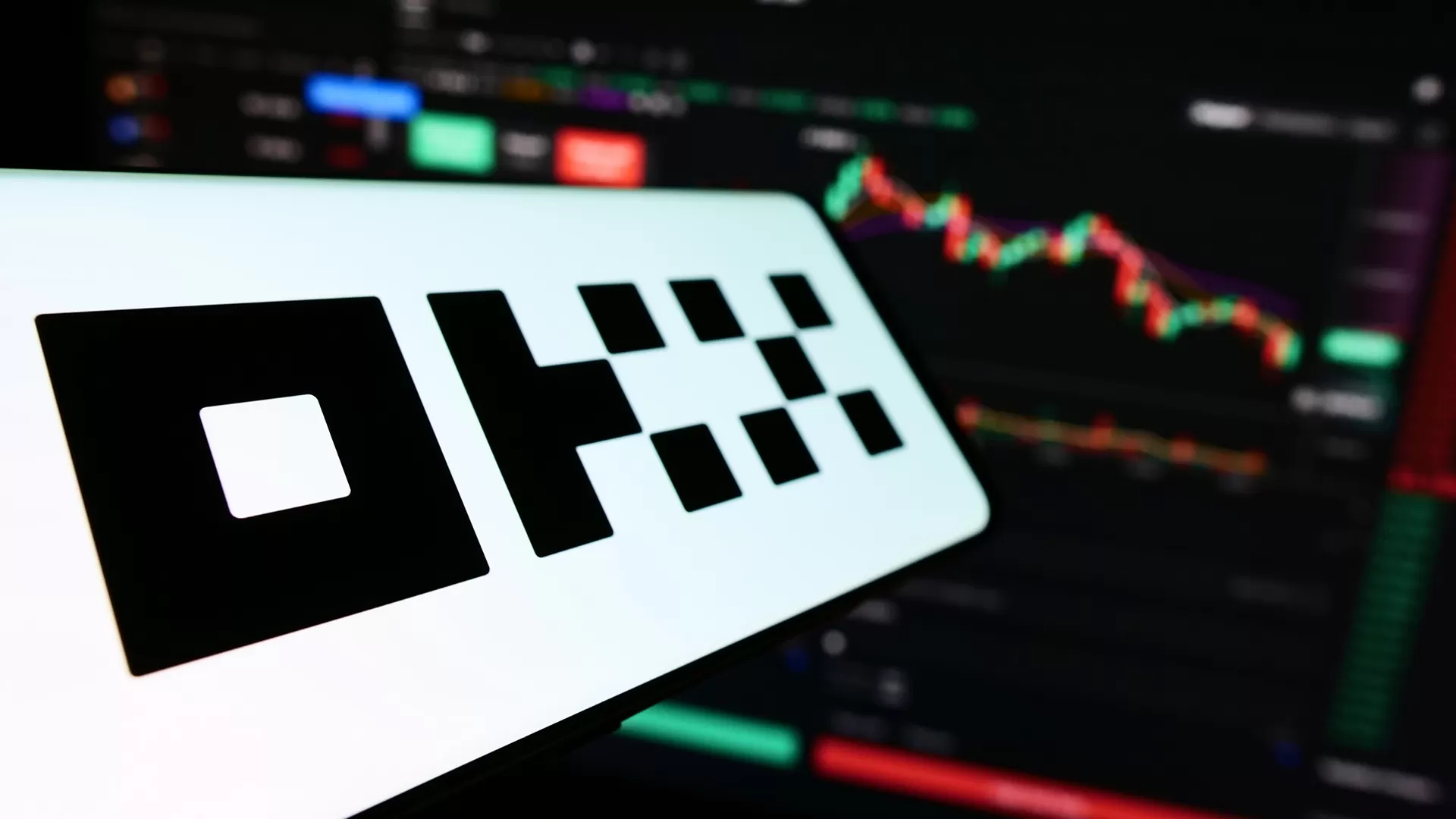
Nvidia (NVDA) just landed a spot on the Dow Jones Industrial Average, kicking Intel out and sealing its dominance in the semiconductor world.
Starting November 8, Nvidia will be part of the 30 stocks that define the DJIA, bringing AI into the blue-chip mix. And Intel’s exit is tied to its lagging performance.
Shares took a 1% dip after the news, while Nvidia’s rose by the same amount. Nvidia’s stock has already exploded by 170% this year after a 240% climb last year, shooting its market cap to a crazy $3.3 trillion—second only to Apple.
AI is the core reason behind this growth. Tech giants like Microsoft, Meta, Google, and Amazon are on a buying spree for Nvidia’s GPUs, especially the H100, to build massive AI infrastructures.
Nvidia’s growth: Driven by AI demand
Nvidia’s numbers are through the roof. Over the last five quarters, the company’s revenue has more than doubled each time, with three quarters showing it tripling.
The next-gen AI GPU, ‘Blackwell,’ has the market buzzing; Nvidia calls the demand “insane.” This relentless drive to fuel AI growth is what’s pushing the company deeper into the big leagues.
Adding Nvidia to the Dow means four out of the six trillion-dollar tech firms are now on the index. The two that aren’t? Meta and Alphabet. Nvidia’s Dow entry isn’t just luck though.
Back in May, it made a savvy 10-for-1 stock split, slicing share prices by 90%. This didn’t change the market cap but made Nvidia’s share price fit better into the Dow’s price-weighted system. Perfect timing for Nvidia as Intel, stuck in the PC chip era, struggles to transition.
Intel’s story here is a fall from grace. Once the king of PC processors, Intel’s market share now goes to companies like AMD, and it’s barely scratched the AI market.
Manufacturing setbacks and fierce competition have halved its stock value this year. Intel’s trying to cut costs, approving layoffs of 16,500 employees and reducing its real estate. These decisions follow an announcement in August to control overhead and focus on core tech.
The market’s focus shifts to AI and Nvidia
The Dow isn’t new to tech. It’s been catching up in recent years, trying to get exposure to tech giants, adding companies like Amazon in February.
Investors watching Nvidia’s trajectory know the stock market’s current volatility might offer chances to buy. With an election on the horizon, markets are expected to move, increasing the Cboe Volatility Index (VIX).
The VIX has hovered in the 19-23 range — high compared to past market highs. With this, option premiums rise as investors look for protection, which can be a strategic buy-in opportunity.
NVDA is particularly attractive here. The stock is showing mid-range volatility levels. For those fearing they missed the boat, Nvidia’s upcoming earnings on November 20 (after the election and an important Fed meeting) promise to keep volatility in play.
The other ‘Magnificent 7’ will already have reported, meaning Nvidia’s implied volatility (IV) could stay high, without the ‘IV crush’ that comes right after earnings. This keeps Nvidia’s option prices high as investors hedge their bets on AI.
In the options market, Nvidia’s $123 puts expiring after earnings show the highest implied volatility. Traders selling these cash-secured puts would have an effective entry price of $120.60 if the stock drops. This setup lets traders take advantage of pre-election volatility and potentially get in on NVDA at a lower cost.
Nvidia’s expanding reach in India
Nvidia is aggressively expanding into India. At the recent AI Summit in Mumbai, Nvidia announced a slew of partnerships with major Indian firms.
Nvidia’s CEO Jensen Huang explained its plans to build AI infrastructure with Reliance, Yotta, and Tata Communications. By year-end, India’s compute power will be “20 times more” than last year, Huang claimed, as Nvidia invests in the country’s AI tech.
India, a longtime software export leader, is set to pivot to AI production. Nvidia’s hardware, particularly its new Hindi-language AI model Nemotron-4-Mini-Hindi 4B, supports this shift. Tech Mahindra, using Nvidia’s model, is rolling out Project Indus 2.0, a Hindi AI model designed for India’s vast market.
Unlike larger language models like GPT-4, these smaller models are optimized for specific datasets, making them versatile in regional applications.
Nvidia’s training program with Infosys, Wipro, and TCS aims to develop 500,000 AI developers in India. This collaboration positions Nvidia to corner the market on AI talent, while India’s Prime Minister Narendra Modi lures foreign tech giants to invest in Indian semiconductor production.











